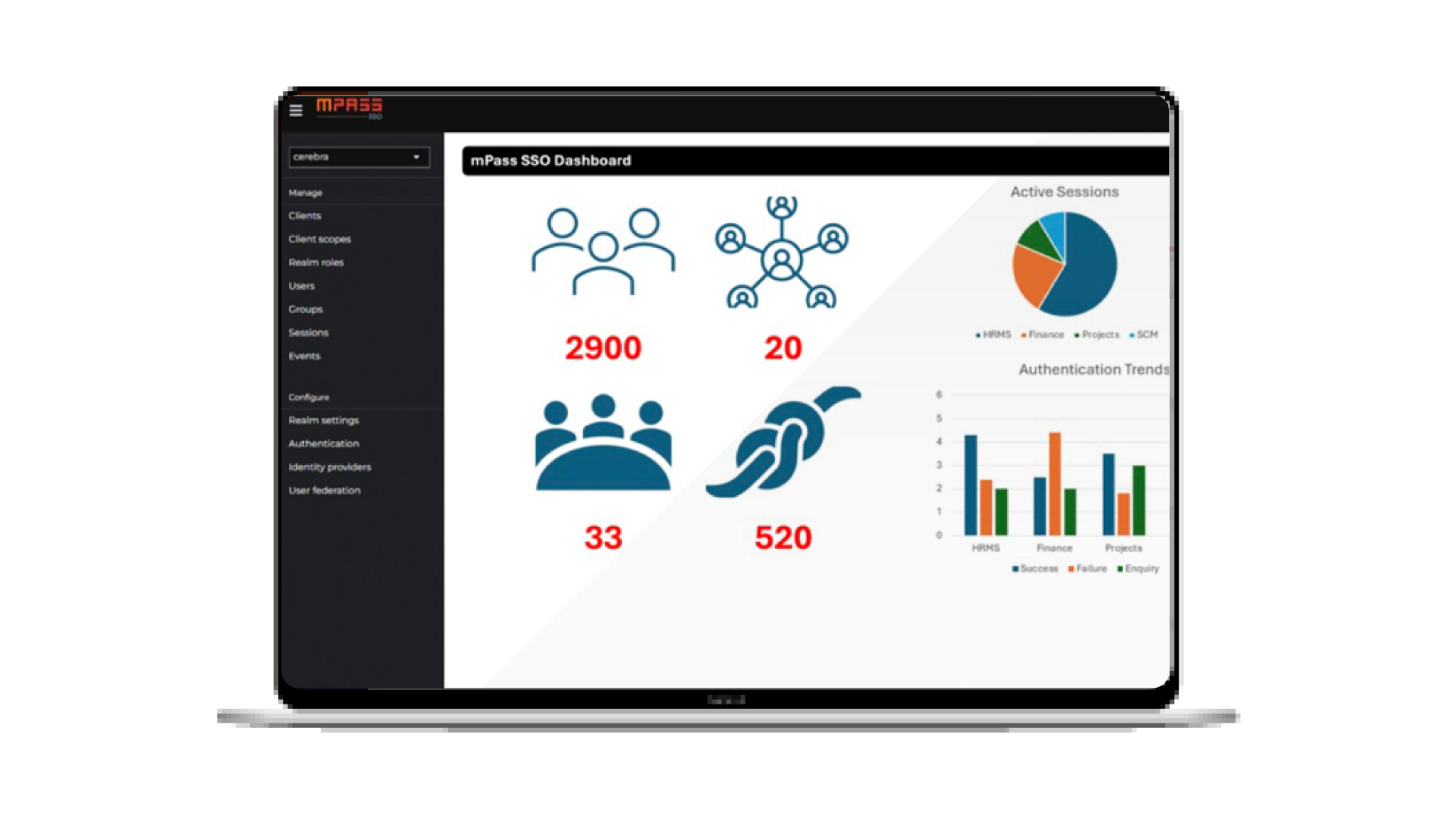Social engineers have found numerous approaches to exploit victims of their personal information. With the continuous increase of new cyber threats, society should be constantly informed and educated on how to distinguish and prevent them. Due to the direct interaction with the human user, social engineering is one of the most powerful methods of network penetration. Its success rate depends highly on the targeted individual’s knowledge and awareness. If they are oblivious of their tactics, then this makes the attacker’s job easy. Unfortunately, many fall for their schemes.
Social engineering depends on human interactions and the flaws of humans. According to attackers, humans are the gateway to easy hacking. So, what is a social engineer and what are their tactics?
What is Social Engineering?
Social Engineering is a type of psychological manipulation that’s used to lure people into giving away personal information or to do certain acts. These criminals conduct their attacks through SMS, phone calls, emails and social media. Social Engineering depends on human interaction, which means the success and failure of the attack relies on the intended victim.

According to Cybint Solutions, 95% of cybersecurity breaches are due to human error. Also, a message relayed by the convicted hacker, Kevin Mitnick, emphasized the importance of how companies should consecrate more time in educating their workforce on cybersecurity awareness and how to protect themselves against cyberattacks. If an employee or an individual is not educated on how to spot cyber intrusions, then attackers will continue to succeed in their attacks.
These attackers do not have specific targets, they attack normal individuals in society or someone who works for a big corporation. Social engineering is one of most used hacking techniques, through lying, impersonation and psychological tricks these attackers obtain data and gain unauthorized access to personal or company related information.
Social Engineering is not solely virtual it could also occur in the physical world. For example, a hacker could visit a company act as an employee and through social skills gain access to a server and hack into their systems without raising suspicion. For both ways, thorough research is done before the attack is made. There are different stages the attacker goes through to successfully pull off their attack:
The 4 stages of Social Engineering
1- Research: When a social engineer is set on a new victim, they begin to research about the person to find every detail that could be used to their advantage. This is a crucial stage that will make or break their attack. Because, if the victim does not comply due to suspicion this could hinder their attack and even cause the attacker to pull the plug on their plan. This process takes weeks or months until the attacker feels confident in executing.
2- Planning: After they gathered enough information, they start planning how to carry out their attack either by email, phone call, SMS or through social media. Then, they initiate contact with the victim. This reveals how the attacker could go on about his plan depending on the victim’s character and response. This stage goes on for weeks to establish a relationship with their victim and to gain their trust.
3- Exploitation: As the relationship progresses, the attacker will gradually try encouraging the victim to disclose personal information or information about their organization. They achieve this by using one of their many tactics.
4- Execution: After a successful bond is created, the attacker will launch their attack and obtain the data or access their systems and accounts without raising the victims’ suspicion. Usually, when the attack is initiated the victim does not realize what had hit them and by then the attacker has already erased their trace and remains incognito.
Commonly used Social Engineering tactics
Pretexting: This technique is when the attacker creates a narrative which is a series of lies to tell the victim. The story is created after the attacker accumulates information about the individual. The attacker contacts the person and starts using psychologically manipulative tactics to gain their trust. They could also impersonate a co-worker or a representative from a bank, tax official, etc. to make the call seem legit. These criminals need to gain their victims’ trust before asking for sensitive info and using industry lingo helps. Many were able to achieve their goal of retrieving social security numbers, passwords even financial information through this tactic.

Baiting: This technique could be conducted online or in the physical world. Baiting is when the attacker entices their victim into downloading malware disguised as a free music playlist or free movie subscription. And in the physical world these attackers could possible distribute infected flash drives throughout an organization as a gift for their employees tempting them to grab one, this leads to them inserting the flash drive into the company computer and unintentionally download malwares.
Tailgating: Is when the attacker is seeking entry to a restricted area, where access is unattended or controlled by electronic access control, they can simply walk in behind a person who has legitimate access. Tailgating is ineffective in some organizational environments, such as those where all employees must swipe a card to enter a building. In mid-sized businesses, on the other hand, attackers will strike up conversations with employees and use this display of familiarity to get past the front desk.
Key of Social Engineering protection
Investing in your employees and yourself on raising the level of Cybersecurity Awareness will be beneficial all around! Companies and organizations should start focusing on improving the security of their human factor. The most effective way to avoid cyber-attacks is by familiarizing employees and yourself on the latest types of attacks and the best practices on how to avoid them.
Conclusion
When receiving an email or a call, nothing is predictable. You will always be exposed to many kinds of attacks, but being aware of them will give you an upper hand. With social engineers, the best way to avoid being tricked by them is to able to distinguish their tactics. Cybersecurity threats will continue to evolve, but its users who should be a step ahead and take the necessary precautions.
Cerebra is one of the company that provide excellent content of Cybersecurity Awareness Materials for employees.
Educate yourself and be a step ahead of social engineers!
Share this article:
Popular

Revolutionize Enterprise Communication Platform with LinQ2
Revolutionize Enterprise Communication Platform with LinQ2 In today’s fast-paced business environment, enterprise communication platform is the backbone of success. Whether reaching customers, coordinating with employees, or automating notifications, having an effective enterprise communication platform is essential. Cerebra’s LinQ2 stands out as the ultimate solution, offering a multi-channel notification platform tailored for businesses of all sizes. Why Enterprise Communication Platform Is Essential for Business Growth? Efficient enterprise communication platform ensures businesses can stay connected with their customers and teams in real time. Poor communication systems often lead to missed opportunities, customer dissatisfaction, and delays in internal operations. Key Features of LinQ2 ...
11th Mar 2025
Deepfake in Phishing: Challenges and Solutions
In the era of advanced technologies, especially with the explosive adoption of Large Language Models (LLMs) and Generative Artificial Intelligence (GenAI), deepfake has emerged as one of the most significant challenges in cybersecurity. This technology relies on Artificial Intelligence, specifically deep learning and the use of GenAI, to create fake yet highly realistic content that is difficult to detect. Deepfake serves as a versatile tool spanning applications from entertainment to cybersecurity. However, its misuse can pose severe risks, especially in phishing schemes. What is Deepfake? Synthetic media refers to a technology that leverages deep learning algorithms to create ...
19th Dec 2024
AI Governance: Opportunities and Challenges in Cybersecurity
AI Governance: Opportunities and Challenges in Cybersecurity With the increasing reliance on AI technologies in various fields, AI Governance has become a key factor to ensure system integrity and data protection. This governance plays an essential role in enhancing confidence in modern technology and ensuring that it is used responsibly. It has been almost two years since OpenAI’s ChatGPT went viral, igniting widespread interest in artificial intelligence (AI) and setting off a wave of technological and investment growth in the field. Academic and technical investments in artificial intelligence: The advancements in AI since then have been staggering, with exponential increases ...
14th Nov 2024
Cyber Warfare Unveiled: Tracing the Journey from Espionage to Digital Combat
“Cyber Warfare: From Espionage to War A Journey Through Time” With the massive technological advancements, the boundaries of warfare have expanded to encompass cyberspace, where “cyber warfare” has emerged as an increasingly serious threat to individuals, institutions, and countries. The line between cyber and traditional wars has blurred for a while but recent activities in the region made it clear that cyberwars is becoming a dangerous and can lead to harming humans. In this blog, we will dive into a journey through the world of cyber warfare, seeking to understand its nature, history, impacts, types, evolution, and some solutions to ...
9th Oct 2024
Keeping Our Kids Safe Online
A Guide For Keeping Your Kids Safe Online Parents and all who are concerned about the well-being of our young kids in this digital world. Today we will discuss a topic of utmost importance: digital safety for kids. Yes, the Internet can be a very dangerous place for our young kids , especially with the spread of phishing scams. So, let us dive deeper and present to you, in this comprehensive article, a comprehensive guide on digital safety for kids. What every parent needs to pay attention to. Internet risks for kids: The internet has become a big part of ...
17th Jul 2024
Could you be hacked through Slack?
Could you be hacked through Slack? The usage of collaboration platforms such as Microsoft Teams and Slack has significantly increased, with nearly 80% of employees utilizing them. These platforms are designed to be convenient and easily manageable for daily conversations within organizations. However, what makes them easy and convenient also renders them vulnerable to cyber threats and attacks. In 2021, for instance, 780 gigabytes of data from the gaming giant Electronic Arts (EA) were breached through Slack! During the same year, a security vulnerability in Microsoft Teams was exploited to launch a widespread cyber attack on ...
12th Jun 2024
Tips To Be Cyber Protected While Traveling
Goodbye worry! A safe journey in the digital world With all the modern wonders of the digital world, we trust communication technologies on our journeys. There is no doubt that the travel experience is always more beautiful and enjoyable, but it can also pose a range of risks, especially when it comes to cybersecurity. Travelers may fall victim to phishing, Wi-Fi network spying, and theft of their personal data, which can make their journey filled with worries and tension. With the increasing prevalence of cyber threats, it is essential for travelers to follow some guidelines to protect their devices and ...
1st Apr 2024
Push Authentication: A New Era in Multi-Factor Authentication
Want To Say Goodbye To Passwords and OTP Codes? Discover Push Authentication! It is easy for your password to be compromised through phishing attacks, even if it meets the cybersecurity strong password standards and is difficult to predict So we must get to know the technique of Push based Authentication. Some may recommend that you use Multi-Factor Authentication (MFA) to increase your security. Multi-Factor Authentication (MFA): MFA is the process of logging into your account through multiple steps. It requires you to enter more information, not just your password. But there is another obstacle that arises when using such ...
14th Feb 2024
The Difference Between Phishing Attacks
The Difference Between Phishing Attacks Phishing attacks are harmful attacks used by criminals to steal personal and financial information from individuals and businesses. Attacks on individuals and businesses are becoming more common as we use the internet and technology more often in our daily lives. Phishing attacks involve the use of dishonesty and fraudulent methods to fool consumers into believing they are interacting with the trustworthiness of an unsuspecting destination, such as banks, email companies, or social media platforms. But what is the difference between phishing attacks? How can individuals and organizations protect themselves from such attacks? That is what ...
17th Jul 2023









